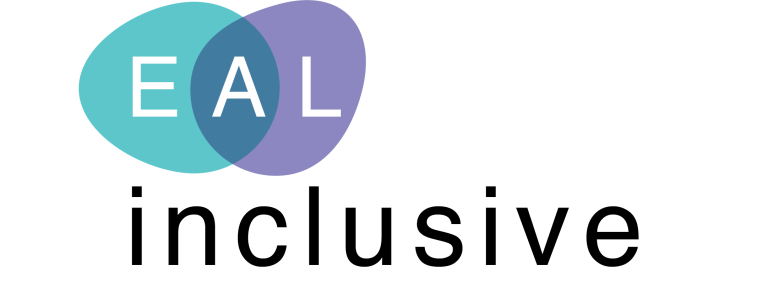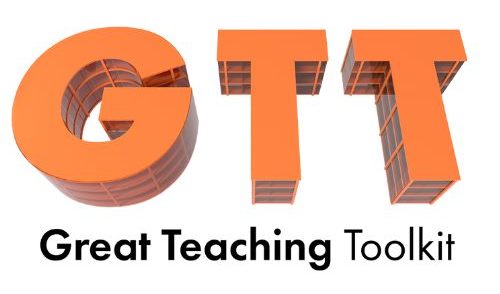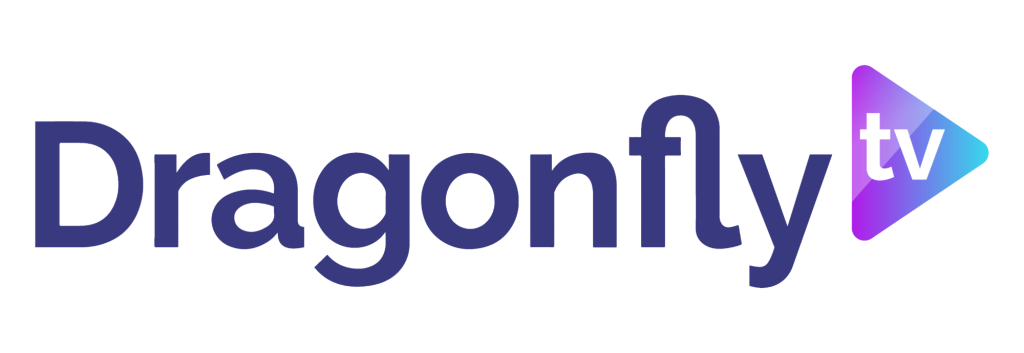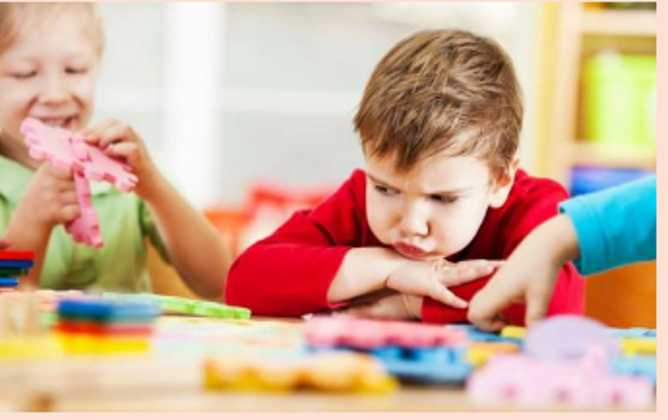Setting clear expectations and rules from the beginning of the school year is crucial for managing classroom behaviour. Teachers should communicate these expectations to students and ensure they understand the consequences of both positive and negative behaviours. By establishing a structured and consistent framework, students will have a clear understanding of behavioural boundaries and the expected code of conduct.
Types of Challenging Behaviour
First, it is essential to recognize the various types of student behaviour. Among these, disruptive behaviour is one of the most common and challenging for teachers to manage in the classroom. This includes actions like speaking out of turn, interrupting the teacher, calling out, or engaging in arguments with peers. Such behaviour is often linked to a lack of discipline and can create frustration for both teachers and students, disrupting the learning environment.
Withdrawn Behaviour
Students who exhibit withdrawn behaviour can be particularly challenging for teachers. They may be difficult to engage and resistant to participating in classroom activities. Withdrawn behaviour can manifest as a refusal to speak or interact with others, avoiding eye contact, or appearing disinterested in learning.
Inappropriate Behaviour
Inappropriate behaviour can disrupt the learning environment and pose challenges for teachers. It may involve using inappropriate language, making gestures or comments that are not acceptable, or behaving in a way that goes against the school’s behavioural expectations.

Violent Behaviour
Violent behaviour represents the most extreme form of challenging behaviour. It involves actions that cause physical harm to others or damage to property. Examples include hitting, kicking, spitting on other students, throwing objects, or damaging school property.
Causes of Challenging Behaviour
The causes of challenging behaviour are often complex and interconnected. Identifying these causes can help develop appropriate strategies to address them effectively. Here are some common factors that contribute to challenging behaviour:
Classroom Organisation is Key
The classroom environment, including layout, seating arrangements, and the presentation of materials, can significantly impact a child’s behaviour. For instance, if a child prefers to work alone but is placed in a group that they do not get along with, it may lead to frustration and anger, resulting in challenging behaviour.
Cultural differences and language barriers can contribute to challenging behaviour. Students from diverse backgrounds may struggle to adapt to new cultural norms, leading to misunderstandings and social isolation. Language barriers can also hinder effective communication with peers and teachers, leading to disengagement and confusion.
Bullying, peer pressure, social anxiety, and difficulties in forming relationships with peers can trigger challenging behaviour in the classroom. Students who feel isolated or targeted by others may struggle to concentrate and behave appropriately.
Providing Engaging and Varied Activities
Offering a range of engaging and varied activities keeps students interested and reduces the likelihood of disruptive behaviours. Tailor tasks to match students’ interests and incorporate diverse cultural aspects to make learning meaningful and enjoyable.
According to Edutopia, in classrooms where teachers used a series of techniques centred around establishing, maintaining, and restoring relationships, academic engagement increased by 33 percent and disruptive behaviour decreased by 75 percent—making the time students spent in the classroom more worthwhile and productive.
By creating a positive classroom culture, establishing clear rules and expectations, providing engaging activities, and employing effective reactive strategies, teachers can promote positive behaviour and support the overall development of their students. Additionally, seeking support and collaboration when needed can further enhance the effectiveness of behaviour management efforts. With a comprehensive approach to addressing challenging behaviour, educators can create an inclusive and supportive learning environment for all children.
Professional Development Resources that Might Be of Interest:
Professional development is key to staying ahead in education, and these recommended resources offer diverse, high-quality opportunities to enhance your teaching practice. Whether you’re looking to improve evidence-based teaching methods, support multilingual learners, or gain practical classroom strategies, these organizations provide expert-led, flexible training solutions designed to drive positive, lasting impact in your school. Explore these platforms to find tailored professional development programs that align with your needs and help you elevate your teaching.
Get a special discount by quoting code AMALL2024 during CHECKOUT.
EAL Inclusive

Leveraging UK and international teaching, coaching, and consultancy experience, EAL offers bespoke CPDL programmes based on current EAL best practices with workshops supporting teachers across all phases and subjects, facilitating a whole-school approach to inclusive education and ensuring equitable access to schools’ curriculums. Specialists in EAL and inclusive teaching for multilingual learners, along with their strengths-based approach will enhance what works well at your school, build teacher confidence and achieve lasting impact in a manageable, measurable way.
Evidence Based Education

Evidence Based Education is a teacher development, school improvement and research organisation, and the home of the Great Teaching Toolkit (GTT), a personalised professional development platform. More than 14,000 teachers in hundreds of schools around the world trust the GTT to help their great teachers become even greater, and to drive sustained and sustainable school improvement.
Dragonfly TV

DragonflyTV is an online training platform offering in-demand, practical skills for immediate classroom implementation. Courses are taught by experienced experts and designed for flexible, self-paced learning. Accessible on both mobile and desktop, learning with DragonflyTV fits into your schedule, wherever you are. Established in 1999, Dragonfly has since provided CPD in over 50 countries and delivering to over 250,000 teachers.
Drama Rainbow Education

Drama Rainbow Education (DRE) offers three distinct teacher training programs tailored for kindergarten and primary school educators in China.
- Jian Xue Summer School: A 10-day course at three levels that teaches Drama in Education (DiE) pedagogy and practical facilitation skills.
- Trinity College Dublin Certified CPD Training: Interactive 2-day workshops based on Professor Carmel O’Sullivan’s books, covering DiE theory and classroom application.
- DR Creative Curriculum: Provides resources and 4-day training sessions to improve drama teaching, supporting 24-36 lesson plans for kindergarten and primary schools.
Incorporating professional development into your teaching journey is an investment in both your personal growth and the success of your students. These curated resources provide a wide range of specialized training programs, whether you’re looking to refine your teaching methods, enhance inclusivity in your classroom, or gain practical skills that can be implemented immediately. Take advantage of these opportunities to elevate your expertise, build confidence, and create lasting impact in your school.








